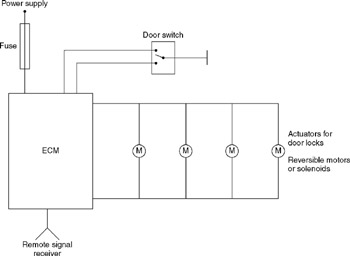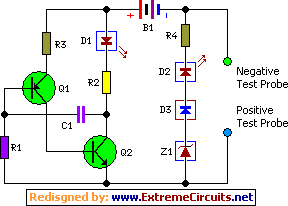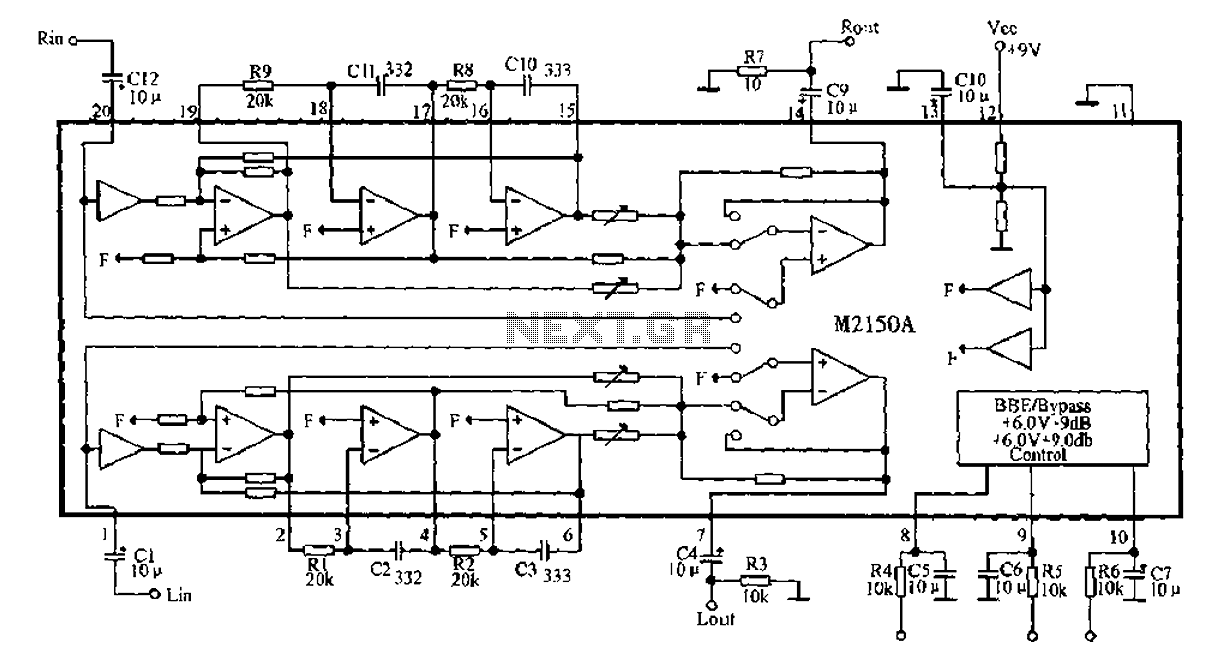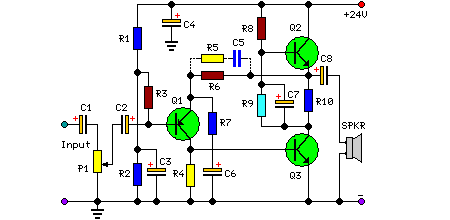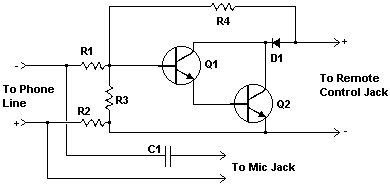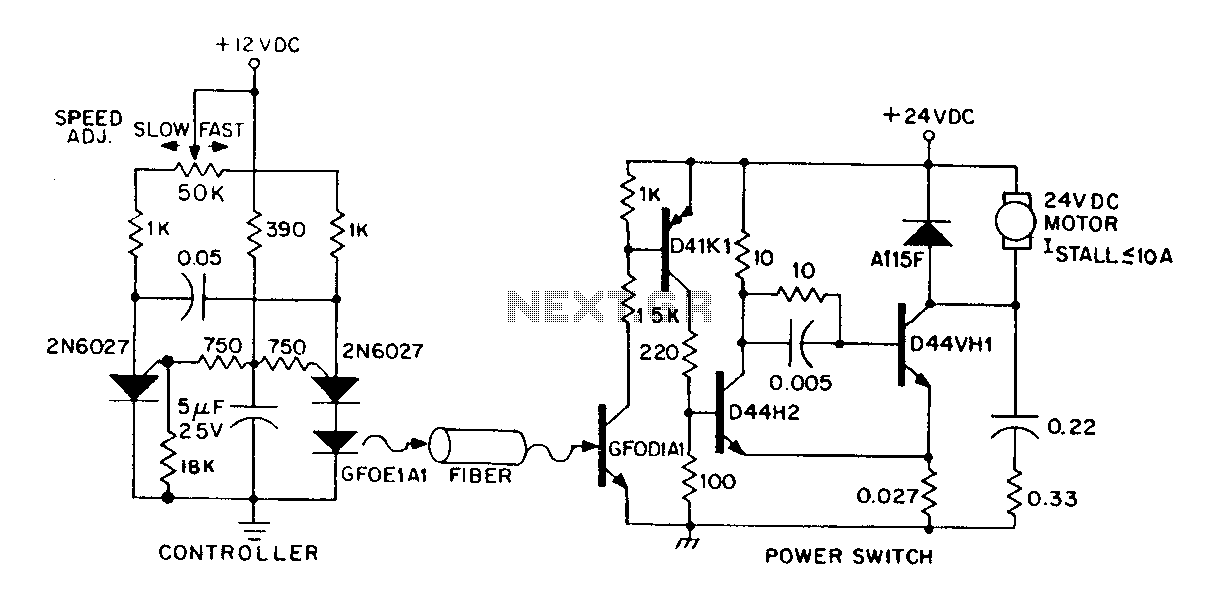
12V Car Battery Charger circuit
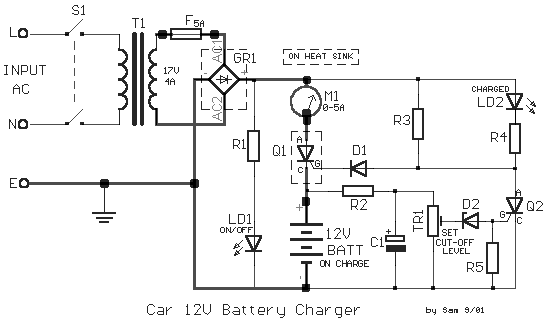
The following circuit diagram represents a battery charger designed for a 12V car battery. This circuit includes overcharging protection, which automatically disconnects the charging circuit. Unlike typical battery chargers that continuously supply a few amperes to the battery while powered on, this circuit prevents overcharging, which can lead to electrolyte evaporation and potential damage to the battery plates. The circuit monitors the battery's charge condition through a feedback control mechanism, applying a high charge current until the battery is fully charged. Upon completion of charging, a red LED (LD2) activates, indicating the end of the charging process, and the charging circuit is deactivated. This circuit is specifically intended for charging 12V batteries. Careful attention is required when connecting this circuit, especially regarding the transformer connections to the circuit board and the connections supplying current to the battery. These connections should utilize cables with a large cross-sectional area to minimize voltage drop and heat buildup during current flow.
To initiate charging, TR1 should be adjusted to a null value, and the battery should be charged using the hydrometer technique. If the hydrometer is unavailable or unfamiliar, a battery in good condition can be used for charging. TR1 should be carefully adjusted until LD2 begins to illuminate and the charge current decreases to a few hundred milliamps (mA). If TR1 is correctly set, LD2 will flicker during subsequent charging cycles as the battery receives charge. Once the battery is fully charged, LD2 will illuminate steadily, and no further adjustments to TR1 will be necessary.
Transistor Q1 is in series with the battery and is activated by resistors R3, R4, and LD2. Components R2, C1, TR1, and diode D2 monitor the battery terminal voltage and trigger transistor Q2 when the voltage exceeds the threshold set by TR1. When an uncharged battery is connected, the terminal voltage remains low, keeping Q2 off while Q1 is activated during each half cycle by R3, R4, and LD2. Q1 acts as a rectifier, charging the battery. If the terminal voltage exceeds the predetermined level set by TR1, Q2 takes control of Q1, deactivating it and cutting off the current supply to the battery, while simultaneously illuminating LD2 to signal that charging is complete.
Both Q1 and bridge rectifier GR1 should be mounted on heatsinks to prevent overheating during operation. Additionally, M1 is a 5A DC ammeter used to measure the charging current. An optional voltmeter can be connected in parallel with the battery; however, it is essential that the voltmeter has a high input resistance to avoid affecting the measurement.The following circuit diagram is the battery charger for your 12V car battery. Unlike other battery chargers, this circuit featured overcharging protection which automatically disconnect the charging circuit. Most car battery chargers are simple devices that continuously charge the battery with a few amperes for the duration it is ON.
If the charg er is not switched OFF in time, the battery will overcharge, its electrolyte lost due to evaporation, and its plate-element will likely be destroyed. The circuit above will eliminate these problems by monitoring the battery`s condition of charge through its retroactive control circuit by applying a high charge current until the battery is completely charged.
When charging is complete, it turns on the red LED (LD2) and deactivates the charging circuit. This circuit is drawn to charge 12V batteries ONLY. Certain emphasis should be taken when wiring up this circuit. They are the connections of the transformer to the circuit board, and those supplying current to the battery being charged. These connections should be made with cables having a large cross-sectional area to prevent voltage-drop and heat build-up when current flows through them.
Adjust TR1 to null value and charge the battery using the hydrometer technique (if you do not have or do not know how to use a hydrometer, then use a good condition battery and charge). Carefully adjust TR1 so that LD2 begins to turn ON and the charge current falls to a few hundred milliamps (mA).
If TR1 is set correctly then in the next round of charging you will noticed LD2 begin to flicker as the battery is being charged. When battery is completely charged, LD2 turns ON completely. TR1 does not need further adjustment anymore. Q1 is connected in line with the battery and is fired by R3, R4 and LD2. The R2, C1, TR1 and D2 sense the voltage of the battery terminal and activate Q2 when the voltage of the battery terminal exceeds the value predetermined by TR1.
When an uncharged battery is connected, the terminal voltage is low. Under this circumstance, Q2 is turned OFF and Q1 is fired in each half cycle by R3, R4 and LD2. The Q1 functions as a simple rectifier and charges the battery. If the battery terminal voltage is increased above the level that had been fixed by TR1, then Q2 shifts the control of Q1 gate. This deactivates Q1 and cuts off the current supply to the battery and turns LD2 ON indicating that the charge has been completed.
Q1 and bridge rectifier GR1 should be mounted on heatsinks to prevent overheating. M1 is a 5A DC ammeter to measure the charge current. Optionally a voltmeter can be connected in parallel with the battery, however it must have a high input resistance so as not to influence the measurement. 🔗 External reference
To initiate charging, TR1 should be adjusted to a null value, and the battery should be charged using the hydrometer technique. If the hydrometer is unavailable or unfamiliar, a battery in good condition can be used for charging. TR1 should be carefully adjusted until LD2 begins to illuminate and the charge current decreases to a few hundred milliamps (mA). If TR1 is correctly set, LD2 will flicker during subsequent charging cycles as the battery receives charge. Once the battery is fully charged, LD2 will illuminate steadily, and no further adjustments to TR1 will be necessary.
Transistor Q1 is in series with the battery and is activated by resistors R3, R4, and LD2. Components R2, C1, TR1, and diode D2 monitor the battery terminal voltage and trigger transistor Q2 when the voltage exceeds the threshold set by TR1. When an uncharged battery is connected, the terminal voltage remains low, keeping Q2 off while Q1 is activated during each half cycle by R3, R4, and LD2. Q1 acts as a rectifier, charging the battery. If the terminal voltage exceeds the predetermined level set by TR1, Q2 takes control of Q1, deactivating it and cutting off the current supply to the battery, while simultaneously illuminating LD2 to signal that charging is complete.
Both Q1 and bridge rectifier GR1 should be mounted on heatsinks to prevent overheating during operation. Additionally, M1 is a 5A DC ammeter used to measure the charging current. An optional voltmeter can be connected in parallel with the battery; however, it is essential that the voltmeter has a high input resistance to avoid affecting the measurement.The following circuit diagram is the battery charger for your 12V car battery. Unlike other battery chargers, this circuit featured overcharging protection which automatically disconnect the charging circuit. Most car battery chargers are simple devices that continuously charge the battery with a few amperes for the duration it is ON.
If the charg er is not switched OFF in time, the battery will overcharge, its electrolyte lost due to evaporation, and its plate-element will likely be destroyed. The circuit above will eliminate these problems by monitoring the battery`s condition of charge through its retroactive control circuit by applying a high charge current until the battery is completely charged.
When charging is complete, it turns on the red LED (LD2) and deactivates the charging circuit. This circuit is drawn to charge 12V batteries ONLY. Certain emphasis should be taken when wiring up this circuit. They are the connections of the transformer to the circuit board, and those supplying current to the battery being charged. These connections should be made with cables having a large cross-sectional area to prevent voltage-drop and heat build-up when current flows through them.
Adjust TR1 to null value and charge the battery using the hydrometer technique (if you do not have or do not know how to use a hydrometer, then use a good condition battery and charge). Carefully adjust TR1 so that LD2 begins to turn ON and the charge current falls to a few hundred milliamps (mA).
If TR1 is set correctly then in the next round of charging you will noticed LD2 begin to flicker as the battery is being charged. When battery is completely charged, LD2 turns ON completely. TR1 does not need further adjustment anymore. Q1 is connected in line with the battery and is fired by R3, R4 and LD2. The R2, C1, TR1 and D2 sense the voltage of the battery terminal and activate Q2 when the voltage of the battery terminal exceeds the value predetermined by TR1.
When an uncharged battery is connected, the terminal voltage is low. Under this circumstance, Q2 is turned OFF and Q1 is fired in each half cycle by R3, R4 and LD2. The Q1 functions as a simple rectifier and charges the battery. If the battery terminal voltage is increased above the level that had been fixed by TR1, then Q2 shifts the control of Q1 gate. This deactivates Q1 and cuts off the current supply to the battery and turns LD2 ON indicating that the charge has been completed.
Q1 and bridge rectifier GR1 should be mounted on heatsinks to prevent overheating. M1 is a 5A DC ammeter to measure the charge current. Optionally a voltmeter can be connected in parallel with the battery, however it must have a high input resistance so as not to influence the measurement. 🔗 External reference
